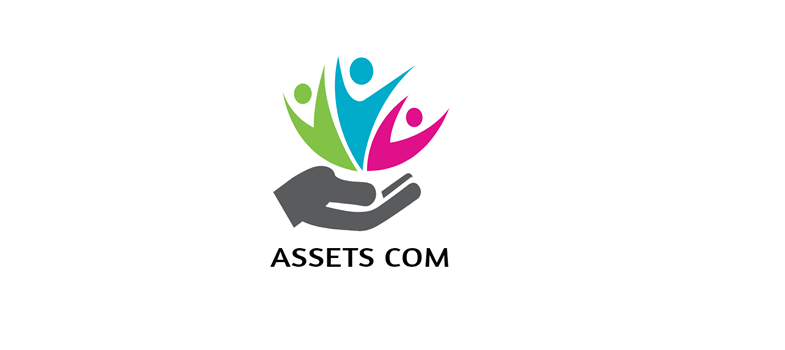Laurea Finland COER - Theory and Praxis
3. The Artefact
Story behind the artefact
We piloted a picture tool and a word tool we have created with the students and young asylum seekers. We also used a word tool we have created with the students. With the young, the overall interview situation was challenging due to language problems and the tool was not used with them.
We used different pictures and postcards with the student and young asylum seekers. Pictures are a useful tool when practitioners need to activate or empower clients to interact. Students were asked to pick a card which reminded them about “What is the value of the community in supporting youth?”. Young asylum seekers were asked to pick a card which reminded them about “What does community mean to you?” and “What kind of help did you get when you arrived in Finland? Who helped you and how?”.
Word tool includes 20 internal and 20 external assets. Word tool is useful when practitioners or clients need to map their internal and external assets. Students were asked to mark the most important assets with a sticker. As an internal assets they chose: Being optimistic, hope, experiencing oneself as significant, caring, bonding to school, interpersonal skills. As an external assets they chose: Non-organized free time, feeling safe, youth as assets, good interaction in family, support from family, adults as role models.
Weber (2008) discusses the benefits of using visual images. Images can be used to capture the ineffable - what is difficult to put into words. Artistic images can help to access aspects of knowledge that would otherwise stay hidden. They provide us with a new perspective and help us to view things from a fresh perspective. The interaction with the help of images is more holistic. They help us to incorporate multiple layers and to evoke stories and questions.
Images have advantages relating to empathy particularly as a group work method. Images can help to adopt someone else’s view and borrow their experience for a moment. This allows us to compare our own experience to others. Metaphors and symbols help to create depth and new connotations. Images are also accessible for all. Many written texts may not be accessible to a reader but we all can attach feelings and thoughts to images (Weber 2008.)
See video of the artefact
"Assets-based approaches in building community and supporting youth":
Please find the instructions on the use of the word tool and images:
![]()
Click the link to download the pdf
Word tool and Images instructionsPlease watch this video and think about your responses to the critical questions on page 5.
